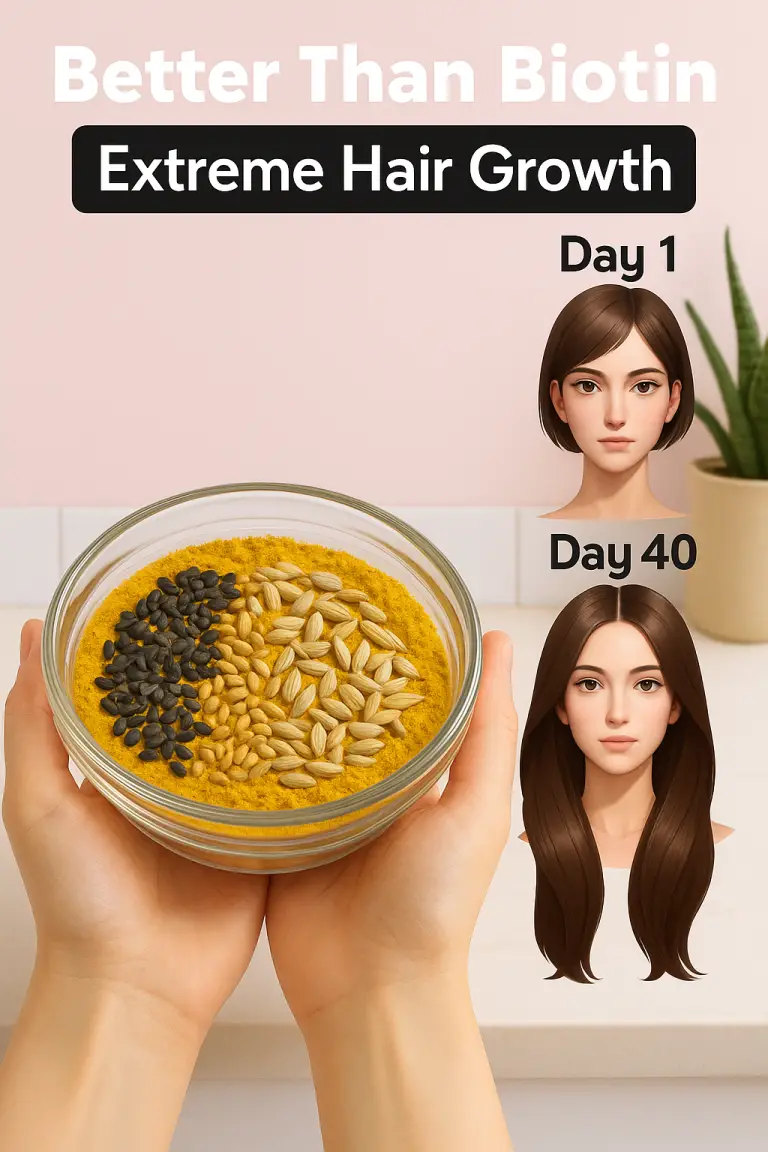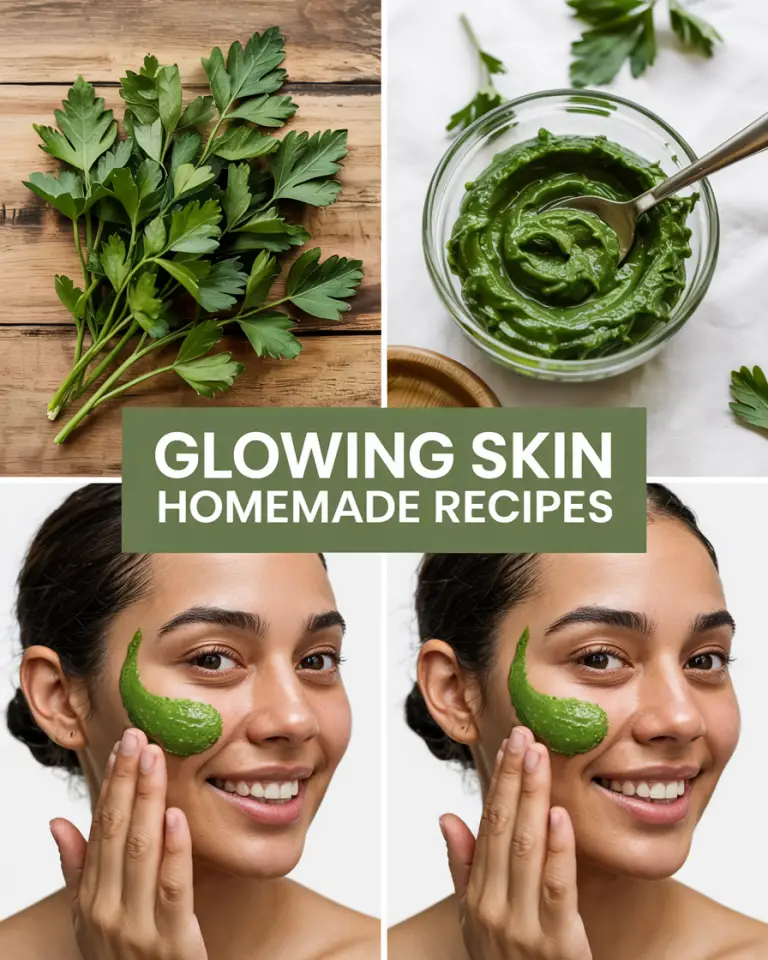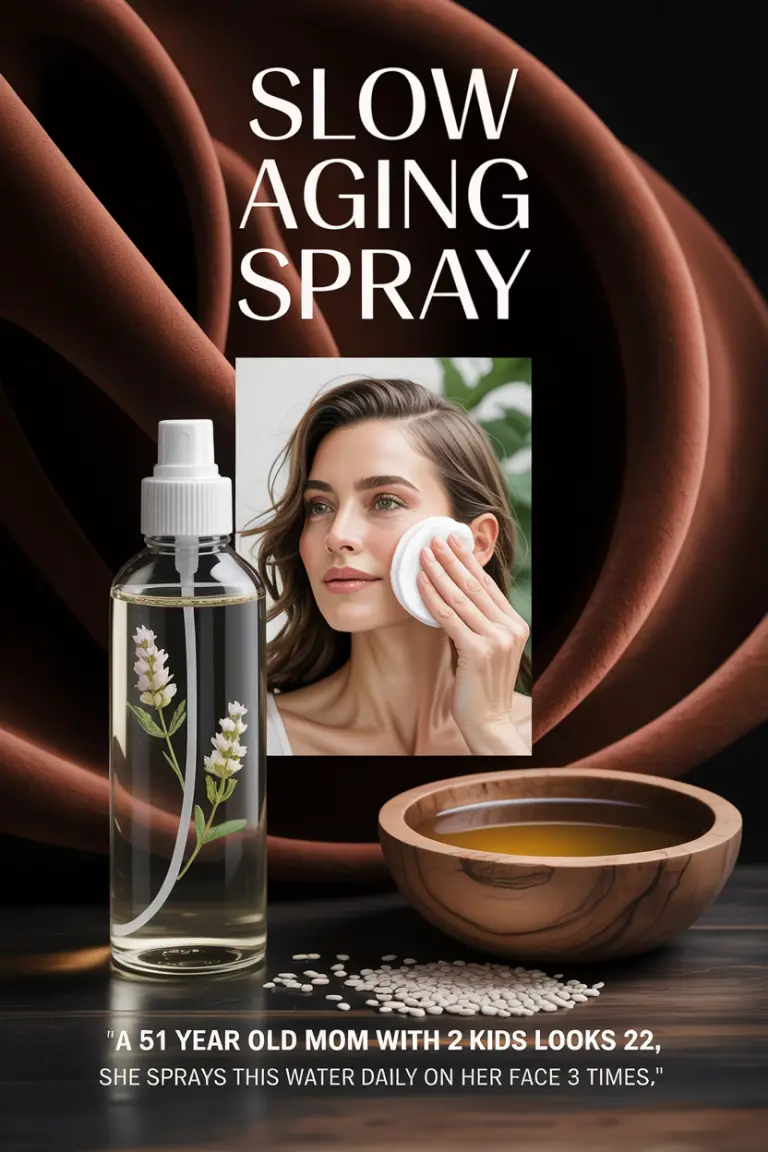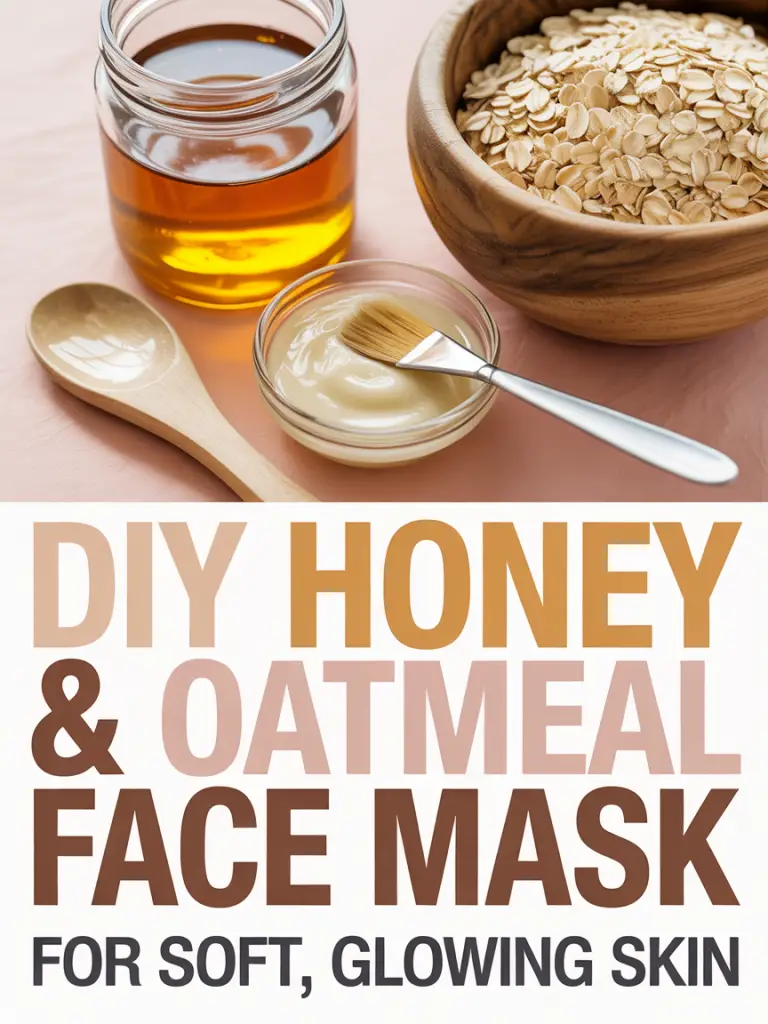The Shocking Reason Your Hair Masks Are Making Hair Weaker
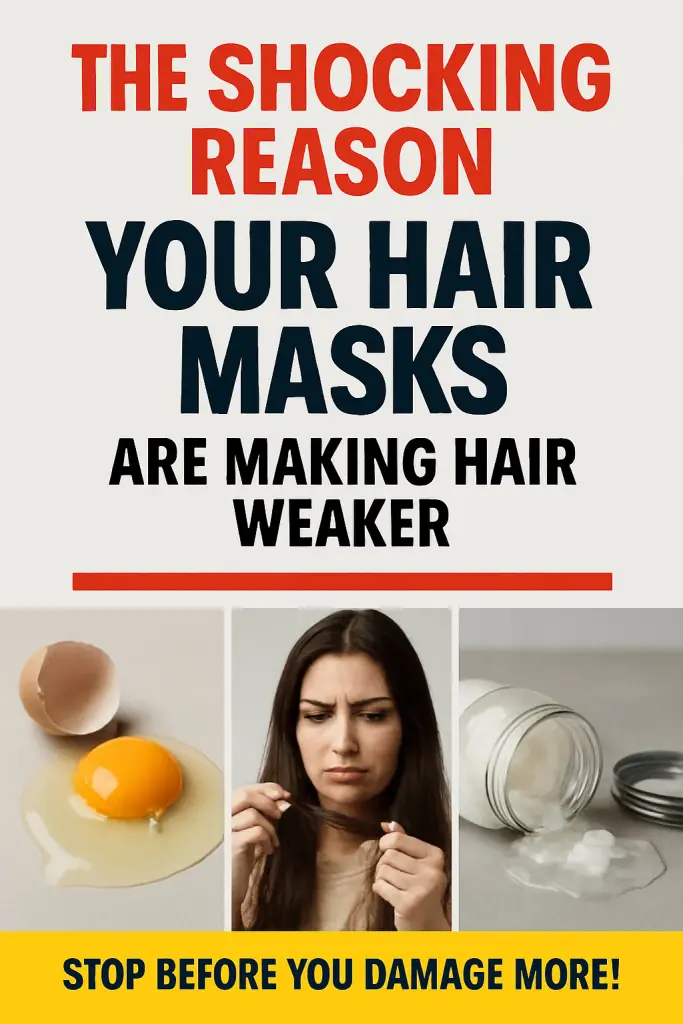
Alright, let’s get this out of the way—hair masks are marketed as the ultimate “treat yourself” moment for your strands. You know the drill: you slather on a thick, creamy product, maybe throw your hair up in a bun, binge an episode of your favorite show, and then rinse it out expecting soft, luscious locks that belong in a shampoo commercial. Sounds dreamy, right?
But here’s the twist (and it’s not the cute kind you do with a curling wand): your favorite hair mask might actually be making your hair weaker. Yep, that so-called miracle product could be the reason your strands feel limp, brittle, or flat. Shocking? Definitely.
And before you panic and throw out your entire bathroom shelf, stick with me. I’ve been there—I used to think more hair mask = more shine. Turns out, overdoing it (or picking the wrong one) can backfire. Let’s break down what’s really going on so you can keep your hair looking strong instead of sad.
Why Hair Masks Aren’t Always a Good Thing
Most of us use hair masks with the best intentions. After all, brands promise “deep hydration,” “repair,” and “strength.” But just like eating an entire tub of ice cream in one sitting, too much of a good thing can wreck the balance.
The Hidden Problem: Overloading Your Hair
Hair masks are packed with powerful ingredients—oils, proteins, and butters. These sound amazing in theory, but when you layer them on too often or choose the wrong type for your hair, they create the opposite effect. Instead of strength, you get weak, mushy, or brittle strands.
Ever heard the term “protein overload” or “moisture overload”? That’s what we’re talking about.
1. Protein Overload: When “Strengthening” Masks Backfire
What Is Protein Overload?
Hair is made mostly of keratin (a protein), so it makes sense that we’d want protein-packed products to “repair damage.” But here’s the catch: too much protein makes your hair stiff, dry, and prone to breakage.
Think of protein like bricks in a wall. You need them to build structure. But if you keep stacking bricks without enough mortar (hydration), the wall gets brittle and crumbles.
Signs You’re Dealing with Protein Overload
- Your hair feels stiff or straw-like
- Strands snap easily when you brush
- Instead of shiny, your hair looks dull and lifeless
- No matter how much conditioner you pile on, it doesn’t feel soft
Sound familiar? If yes, your “strengthening” mask might be doing too much heavy lifting.
Personal Take
I once used a keratin-heavy mask twice a week because it promised “salon-level repair.” Spoiler: I ended up with crunchy ends that snapped faster than spaghetti noodles. Lesson learned.
How to Fix It
- Cut back on protein treatments—once or twice a month is plenty for most people
- Balance with moisture-rich masks (think aloe, glycerin, or hyaluronic acid)
- Use a clarifying shampoo occasionally to reset your hair
2. Moisture Overload: When Hydration Becomes Too Much
What Is Moisture Overload?
If protein overload makes your hair brittle, moisture overload makes it limp and stretchy. This happens when you drown your strands in masks with heavy oils and butters but forget to give them enough structure (protein).
Imagine soaking a paper towel in water—it gets floppy and falls apart. That’s basically your hair on moisture overload.
Signs of Moisture Overload
- Hair feels mushy or overly soft when wet
- Strands stretch like gum before breaking
- Curls lose definition and look flat
- Your hair feels heavy, almost greasy, even when it’s clean
Personal Take
I went through a coconut oil obsession phase (don’t judge). My hair looked glossy at first, but then it started feeling weirdly “soggy.” Turns out, I was suffocating it with too much moisture.
How to Fix It
- Alternate with protein treatments to restore balance
- Use lightweight leave-ins instead of slathering on thick masks weekly
- Clarify once in a while to wash away buildup
3. Product Buildup: The Silent Saboteur
Why Buildup Happens
Hair masks are loaded with rich ingredients, and while they sound luxurious, they can leave behind residue. Over time, this layers on your hair shaft, blocking moisture and nutrients from penetrating.
This is especially common if you use masks with silicones or heavy oils but never use a clarifying shampoo.
Signs of Product Buildup
- Your hair looks greasy within a day of washing
- It feels coated or waxy even after shampooing
- No product seems to “work” anymore
- Hair feels heavy, flat, and lifeless
Personal Take
There was a time when I thought “more conditioner = more hydration.” Instead, my roots started looking oily within hours of washing, and no amount of dry shampoo could save me. A clarifying wash fixed it instantly.
How to Fix It
- Incorporate a clarifying shampoo once or twice a month
- Avoid using masks more than once a week (unless your hair is extremely dry)
- Rotate between lightweight and rich formulas
So, What’s the Shocking Reason?
It’s simple: hair masks can weaken your strands when you use them incorrectly, too often, or without balancing protein and moisture.
We all assume more = better, but hair doesn’t work that way. Your strands crave balance. Too much protein makes them brittle. Too much moisture makes them floppy. Too much residue suffocates them.
That’s the real reason your “holy grail” hair mask might secretly be your worst enemy.
How to Use Hair Masks the Right Way
The good news? You don’t have to banish hair masks forever (thankfully). You just need to use them smarter.
Tips for Healthy Masking
- Know your hair type → Fine hair usually needs lightweight masks, while thick or curly hair can handle richer ones
- Check ingredients → Alternate between protein-based masks and hydrating ones
- Don’t overdo it → Once a week is plenty for most people
- Clarify regularly → Keeps buildup from suffocating your strands
- Listen to your hair → If it feels weird (too stiff, too soft, too greasy), adjust your routine
Quick Reference: Protein vs Moisture
Here’s a handy cheat sheet to keep your hair balanced:
Protein-rich ingredients:
- Keratin
- Collagen
- Silk proteins
- Hydrolyzed wheat protein
Moisture-rich ingredients:
- Aloe vera
- Glycerin
- Hyaluronic acid
- Natural oils (argan, jojoba, avocado)
If your hair feels brittle, add more moisture. If it feels mushy, add more protein. Balance is everything.
Final Thoughts
Here’s the deal: not all hair masks are bad. They can be absolute lifesavers when used correctly. But the shocking reason they sometimes make your hair weaker is because we either overuse them, pick the wrong type, or forget about balance.
So, next time you’re tempted to leave a mask on overnight thinking it’ll give you “extra shine,” ask yourself: Is this helping my hair or secretly making it weaker?
IMO, the key is moderation. Treat your hair like you’d treat your skin—gentle, balanced, and not overloaded with products it doesn’t need. Because honestly? No one wants hair that feels like wet spaghetti or crunchy straw. 🙂
Take care of your strands, and they’ll take care of your confidence.

